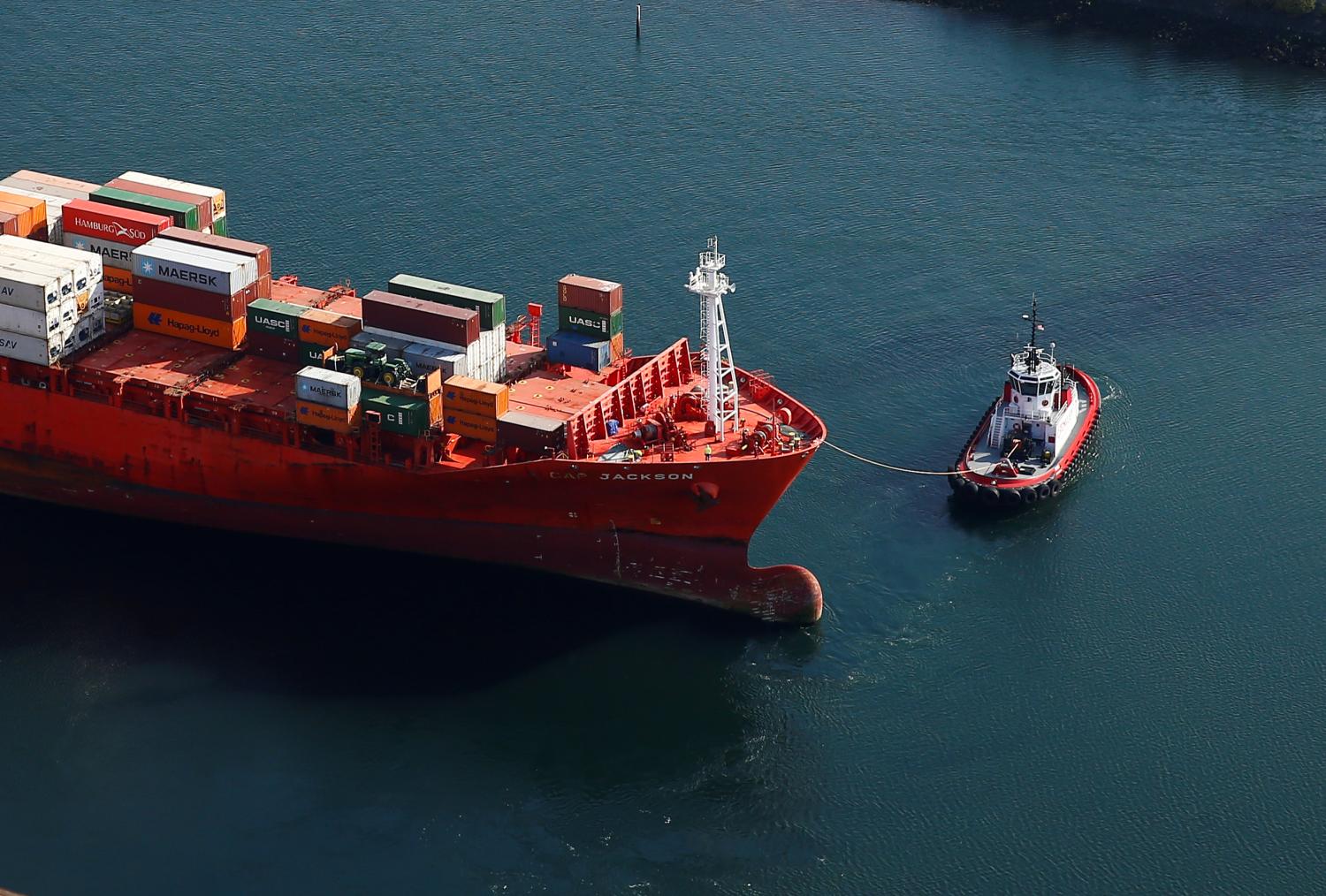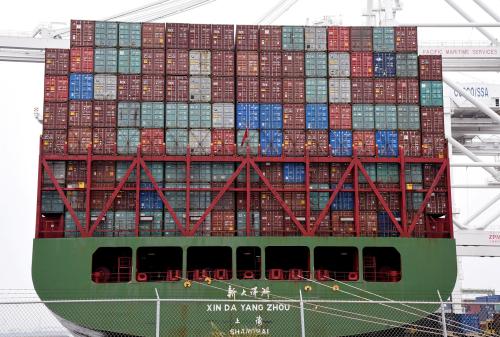In collaboration with the Financial Times (FT), Eswar Prasad of Brookings and Ethan Wu of Cornell have constructed a set of composite indexes which track the global economic recovery. The Tracking Indexes for the Global Economic Recovery (TIGER) is also featured in the Financial Times. A version of the commentary appeared in Project Syndicate.
The drumbeat of warnings about a looming worldwide recession is rising. Although such concerns seem premature, the latest update of the Brookings-Financial Times TIGER index indicates that major advanced and emerging market economies are all losing growth momentum. The nature of the slowdown has ominous portents for these economies over the next few years, especially given present constraints on macroeconomic policies that could stimulate growth.
Weakening business and consumer sentiment, along with geopolitical uncertainties and trade tensions, have dampened business investment and could hurt future growth prospects. High levels of public debt are likely to limit the ability of major advanced economies to counteract a slowdown with fiscal stimulus. Conventional monetary policy remains constrained in many advanced economies where policy rates are close to or below zero, while any further unconventional monetary policy actions present significant risks and uncertain payoffs.
The U.S. expansion has moderated as fiscal stimulus wears off and growth in indicators such as employment and retail sales weakens. Waning business and consumer confidence, along with a yield curve that remains relatively flat despite prospects of large U.S. budget deficits, suggest further weakness ahead. Muted wage and inflationary pressures have led the Federal Reserve to pull back from its rate tightening plans, with the debate shifting toward possible rate cuts and a halt to the unwinding of the Fed’s balance sheet.
Click a country name below the Composite Index to view charts for the main TIGER indexes by country and charts for the indicators that make up the indexes, which are broken down by real activity, financial, and confidence indicators for advanced economies and emerging markets.
Growth in Europe is deteriorating with its main locomotive, Germany, visibly losing steam and weaknesses emerging in both core and periphery economies of the eurozone. Business and consumer sentiment seem to have soured across the eurozone, which could keep growth low.
Brexit-related uncertainties are coming to a head in the U.K. Financial conditions have taken a hit as equity markets weaken and credit growth stagnates. The real economy has so far held up better than expected, and unemployment remains low despite a contraction in business investment. In Japan, financial conditions are weakening, deflationary risks persist, and global trade tensions threaten to derail exports and the economy’s growth momentum.
In China, a broad array of indicators such as retail sales, fixed asset investment, and industrial output point to a slowing expansion. Exports and imports have both fallen relative to a year ago, reflecting subdued global demand and lagging growth at home. The government’s recent monetary and fiscal stimulus measures, while modest, indicate that policymakers are concerned about the economy’s growth trajectory. Continued credit misallocation is raising financial system risks and also jeopardizing long-term productivity and output growth, especially in the face of unfavorable demographics.
India’s robust growth has been helped along by a modest dose of fiscal stimulus in the run-up to impending national elections and last week’s rate cut by the Reserve Bank of India. Prospects of low U.S. interest rates and weak oil prices have alleviated short-term pressures on inflation, the budget, and the current account deficit. But lack of private investment growth and a sharp contraction in trade volumes augur troubles ahead.
Any relief that emerging market economies such as Indonesia might experience from a more accommodative Fed has been outweighed by slowing Chinese growth, which has hurt exports. Brazil’s external trade volumes and labor markets seem resilient, although its financial markets have been volatile of late. The economies of Brazil, Mexico, and Russia could grow at around 2 percent in 2019 but all face substantial vulnerabilities, including potential declines in global demand and commodity prices. Turkey has headed back into recession, led by a plunge in industrial output and dismal consumer sentiment.
Against this gloomy macroeconomic backdrop, international trade has taken a hit. The WTO predicts a further slowdown of global trade growth in 2019, while the Baltic Dry Index, a bellwether trade metric based on shipping rates for dry bulk commodities, has nearly halved in value since the beginning of the year.
Three factors in particular are worrying portents for future global trade expansion. The first is that the loss of growth momentum in the major advanced and emerging market economies will directly affect import demand and associated cross-border trade flows. The second is the weakening of consumer and business sentiment, which is dampening cyclically sensitive components such as consumer demand for durable goods and business investment in physical capital. The third factor is related to ongoing trade tensions and geopolitical risks, including populist forces straining many major democracies and causing them to turn inward. These developments are prompting a reevaluation of the structures of international supply chains.
Slowing trade growth could add to rising economic woes around the world. But the concerns go beyond the short term. Trade tensions and the uncertainty they have spawned are likely to leave a long-lasting scar on the world economy. This uncertainty is undermining business confidence and depressing private investment, which has implications for longer-term productivity growth.
The challenge for policymakers is to avoid further self-inflicted wounds and to use a judicious mix of monetary and fiscal policies to support growth, while recommitting to the still vast and unfinished agenda of broader reforms to product, labor, and financial markets.
The Brookings Institution is committed to quality, independence, and impact.
We are supported by a diverse array of funders. In line with our values and policies, each Brookings publication represents the sole views of its author(s).





